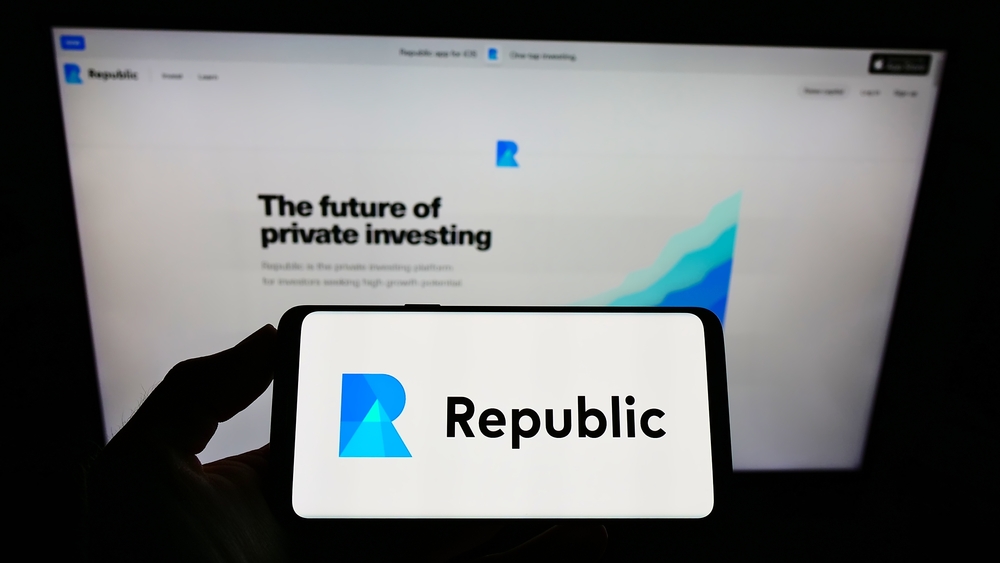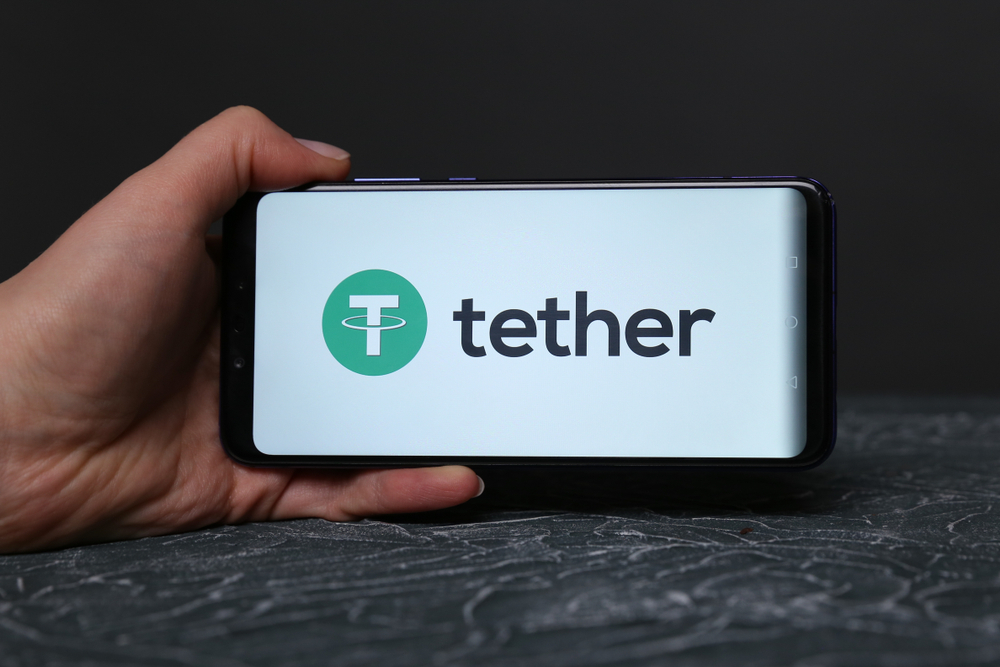What Lawyers Should Know About Cryptocurrency Wallets
The concept of putting money in a wallet is something few have difficulty understanding– your hand places a $20 bill into a wallet, and the deed is done. The expectation is that your wallet keeps your money safe.
The nitty-gritty of cryptocurrency wallets, on the other hand, can seem a bit daunting. The good news is that you don’t really need to know how a cryptocurrency wallet works to use it– the metaphor of “wallet” is explanatory enough.

A cryptocurrency wallet is a software program that enables you to interface with the blockchain, which is what actually keeps track of who owns what.
However, for those seeking a deeper dive, these might be a few questions on the top of your mind:
- If there are no physical bitcoins, what am I actually in possession of?
- Why are there so many different types of cryptocurrency wallets?
- How do I prevent someone from stealing my cryptocurrency from my wallet?
These are all excellent questions, each of which has pertinent legal implications. We will answer them and more in this cryptocurrency wallet guide, as well as helping you gain a functional understanding of how to use a cryptocurrency wallet yourself.
What Does a Cryptocurrency Wallet Actually Protect?
If you don’t have physical possession of an object, how do you know if you really own it?
Cryptocurrencies like Bitcoin (BTC) and Ethereum are 100% digital, so there is no physical object to possess.
To recap, cryptocurrencies like Bitcoin (we’ll use Bitcoin, as our example from here on out) require users to have a public and private key.
A public key is a forward-facing address that you can share with others and receive cryptocurrency payments.
For example, 33yCMdhnsTYqs1638ppoDrZ9LRdn7BQ2Py is a real BTC address. If you were to send BTC to that address, it would be received by the party, whether they want your money or not.
To actually send cryptocurrency, you need to prove to the blockchain that it’s actually you sending the money and that you have ownership of your funds. That’s what your private key is for.
When you send someone bitcoin, you’re signing off your ownership of the coins within that wallet address. In blockchain speak, your private key must match the public key your bitcoin is assigned to. If the public and private keys match identically, the BTC balance in your wallet decreases, and the recipient’s balance increases– there is no actual movement of real coins. The transaction is simply added as a transaction record on the blockchain, which is validated by miners around the world and permanently added to the blockchain once approved.
Your private key is protected cryptographically; it’s never revealed in a transaction.
In its simplest form, a cryptocurrency wallet protects your private key. Today’s crypto wallets offer a slew of other features, such as pretty user interfaces, exchange capabilities, and even ways to earn passive income on your cryptocurrency assets.
Why Are There Different Types of Cryptocurrency Wallets?
There are multiple types of cryptocurrency wallets that functionally vary on how connected they are to the Internet.
A hot wallet is always connected to the Internet. It makes it possible to trade and view your balances any time you want with limited obstacles.
A cold wallet is, in practice, never connected to the Internet. It is the safest storage possible– a hacker can’t access your private key if it’s not online. However, if you lose your cold wallet, your cryptocurrency can be as good as gone.
For example, South Wales resident James Howells accidentally tossed a hard drive with 7,500 bitcoins around 2010. The roughly $262 million in BTC is currently sitting in a landfill in Newport, South Wales– and Howells has been petitioning the city to allow him to dig it up over a decade.
Keep in mind Bitcoin is decentralized, meaning there is no customer support line for Howells to call and retrieve his assets.
Cryptocurrency wallets further divide into subcategories:
- Desktop wallets: Downloaded onto a desktop computer. You have custody of your private keys but are at risk of losing your laptop or a virus infecting the computer and potentially accessing your keys.
- Online wallets: These wallets exist in the cloud and are often in the custody of a third party, such as a cryptocurrency exchange. They’re convenient for trading but expose you to another layer of risk– the exchange acting maliciously or getting hacked.
- Mobile wallets: Same as a desktop wallet, but on your phone.
- Hardware wallets: Products like Ledger Nano S are essentially USB drives fitted and optimized for the storage and security of digital assets. They come with the risk of potential loss of the physical object and possibly your funds forever.
- Paper wallets: If you print or write down your private and public key on a paper wallet, you can keep your funds completely offline. However, this can be very risky; irreversibly losing a piece of paper with potentially millions of dollars of bitcoin isn’t a palatable position.
- Mnemonic wallets: Purely for theoretical purposes, if you commit your keys to memory, you can walk around with all of your bitcoin stored in the crevices of your memory. We don’t recommend this.
Some wallets allow you to “back them up” with a randomized set of words or phrases. You are responsible for maintaining the security of these as well– if a hacker or malicious third party gains access to them, they could potentially access your funds.
How Do I Prevent Someone from Stealing My Cryptocurrency from My Wallet?
Keeping your crypto safe is perhaps the most important component of using cryptocurrency, yet it’s often glossed over.
There are multiple levels to cryptocurrency wallet security, which we’ll go over in brief here. For a more extended and detailed run-down, check out our cryptocurrency wallet security guide.
Level 1: Secure Passwords. Having an easy-to-guess password, or one you use for multiple accounts is the lowest hanging fruit for hackers.
Level 2: Two-Factor Authorization. Many cryptocurrency exchanges and storage platforms allow, and sometimes require, Two-Factor Authorization (2FA). With 2FA, whoever tries to access your account will have to verify it’s actually you on another device you own, whether that be your cell phone (through a code sent via SMS) or an authenticator app, such as Google Authenticator. We recommend the latter, as there have been instances of SIM cards being hacked or swapped.
Level 3: Whitelisting addresses, preventing any withdrawals, etc. Some platforms offer the feature to whitelist addresses, which essentially limits the possible withdrawals to a handful of cryptocurrency addresses. For example, a cryptocurrency interest account platform and exchange called Blockfi offers this service. Another similar platform, Celsius Network, offers a “Hodl mode,” in which all withdrawals are prevented. In order to turn the setting off, you must provide extensive verification, such as a video call and identification.
Level 4: Cold storage. Cold storage is the safest way to store your cryptocurrency, at least to minimize the threat of a malicious third party stealing your funds over the Internet. However, it comes with the noteworthy risk of human error– if you lose your cold storage device and backup key, you will lose your funds.
How to Use a Cryptocurrency Wallet
Using a cryptocurrency is a fairly straightforward process, but one must still exercise great caution when moving around cryptocurrency. For example, BTC sent to the wrong address, even if it’s just a digit off, will cause an irreversible loss (the blockchain is the final settlement) of the transaction.
If you do end up blasting your crypto off into the abyss, you may find an unsatisfying solace that many other people have as well– roughly 20% of all BTC is unrecoverable due to mishandling.
Suppose you’re just now getting started in cryptocurrency and trying to test the waters with a minimal amount of funds you can afford to lose. In that case, you’d be best off using an exchange like Coinbase or UpHold– they come with a built-in wallet functionality.
You may also want to consider a popular personal finance app like Robinhood. Still, you won’t get the full cryptocurrency wallet experience– the app takes full custody of your cryptocurrency and doesn’t allow you to send it to another address.
Sending crypto to another address is simple:
- Simply enter the public address where your platform requests it.
- Review the amount.
- Double-check that the numbers and currency type match up, and press send.
Final Thoughts for Lawyers
Understanding how to use a cryptocurrency wallet is a paramount component of cryptocurrency literacy– after all, what good is a store of wealth if you can’t really store it well enough to maintain your wealth.
However, it shouldn’t be as daunting as it may seem. If you find yourself disheartened by using cryptocurrency, just think about how much you know about the technical mechanics of what actually goes behind the scenes of a wire transfer, Zelle, or Venmo payment.
In the same vein, cryptocurrency wallets are better used than understood.





















